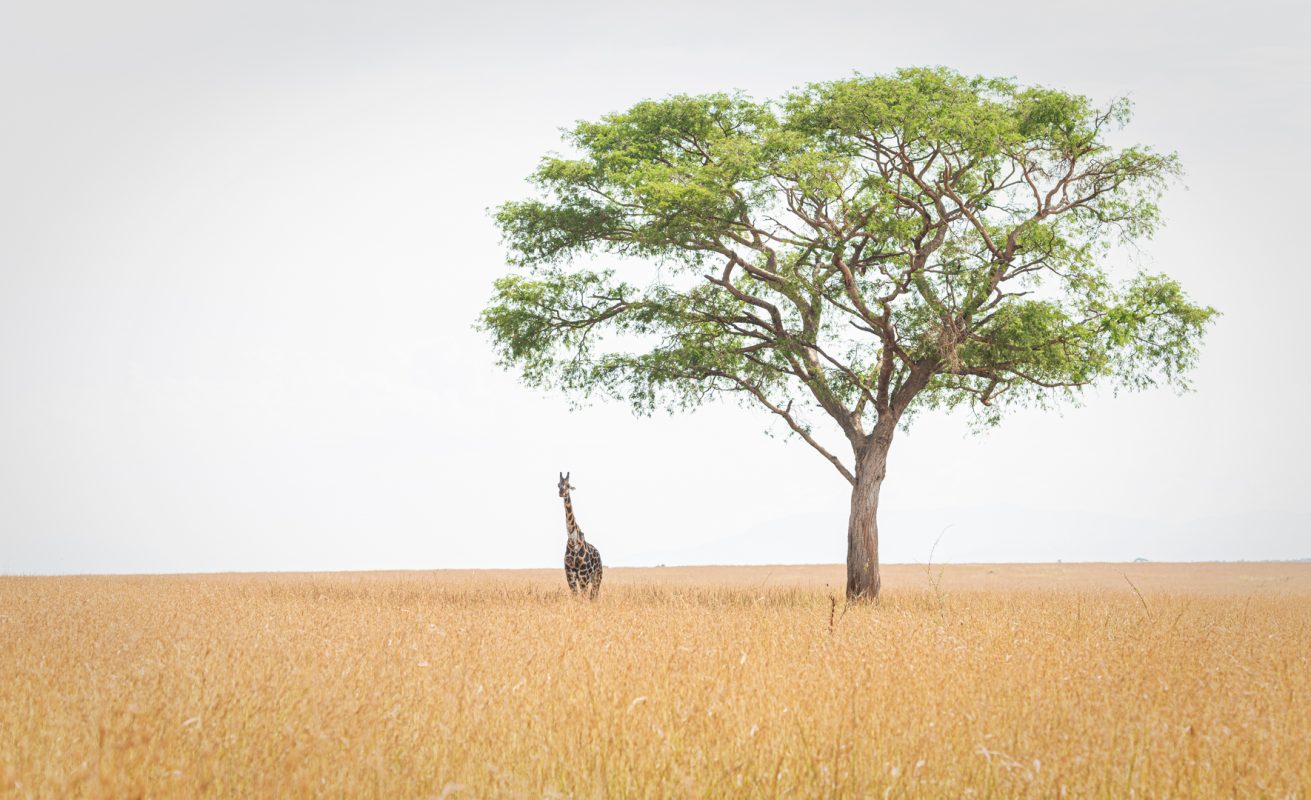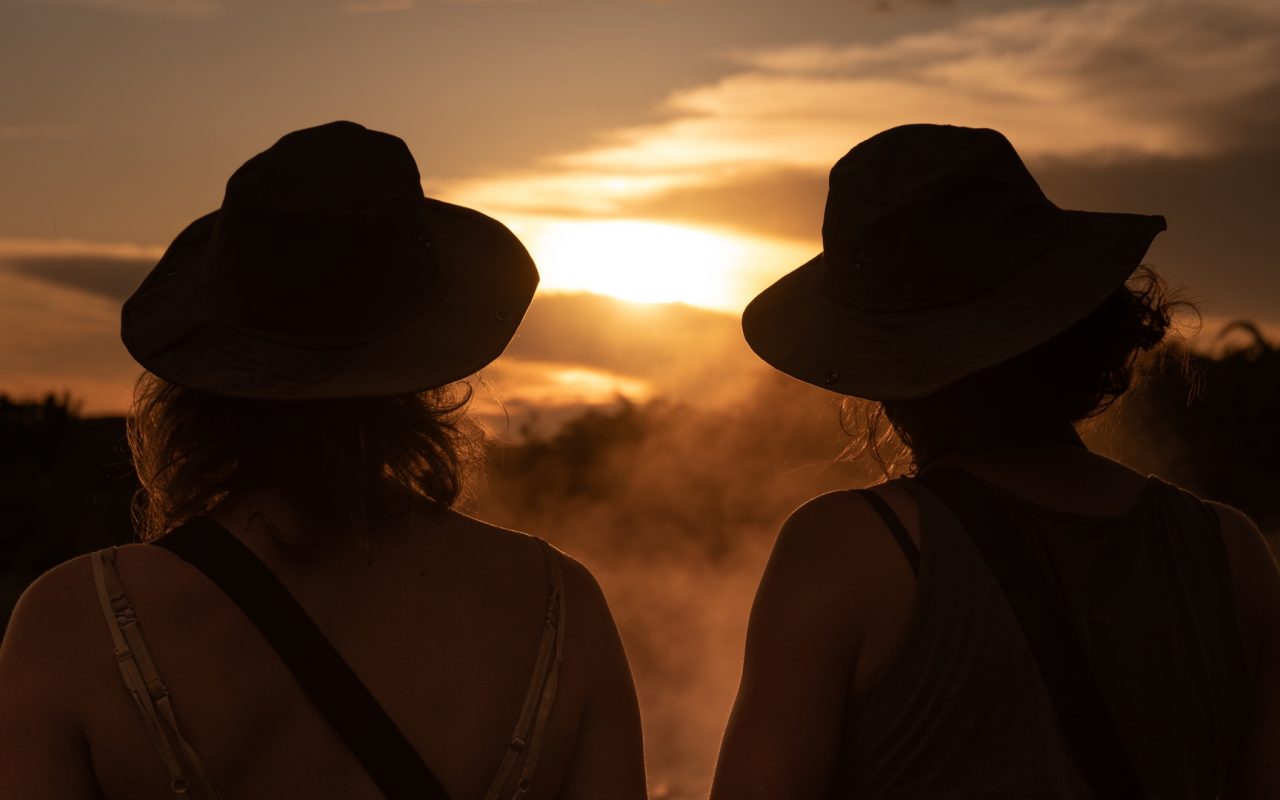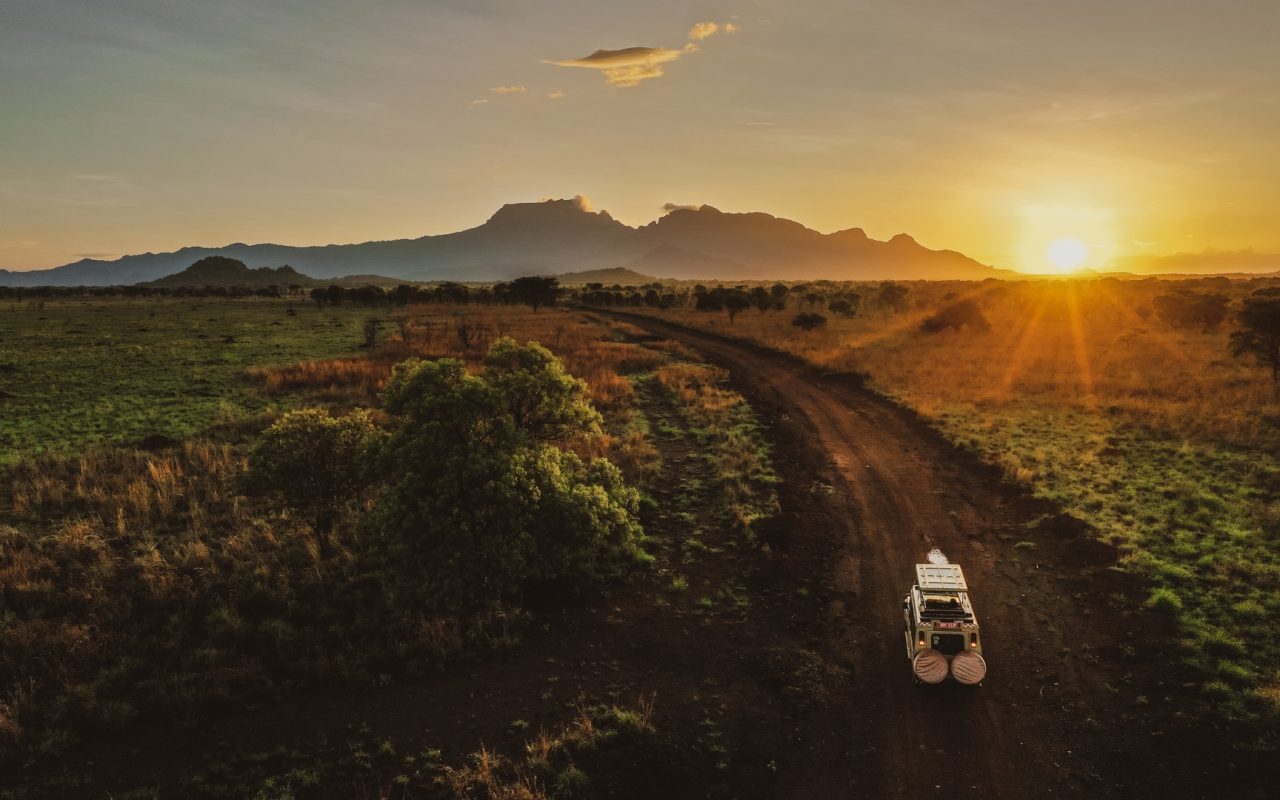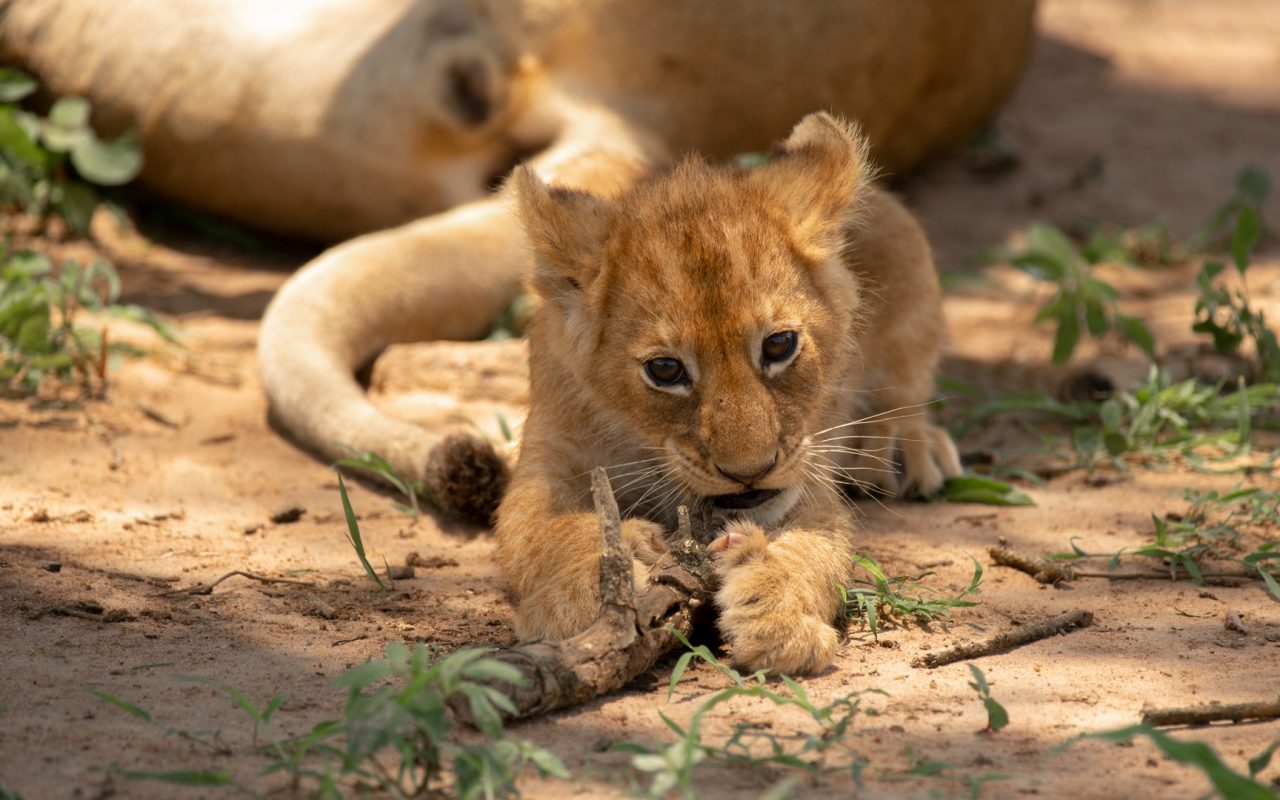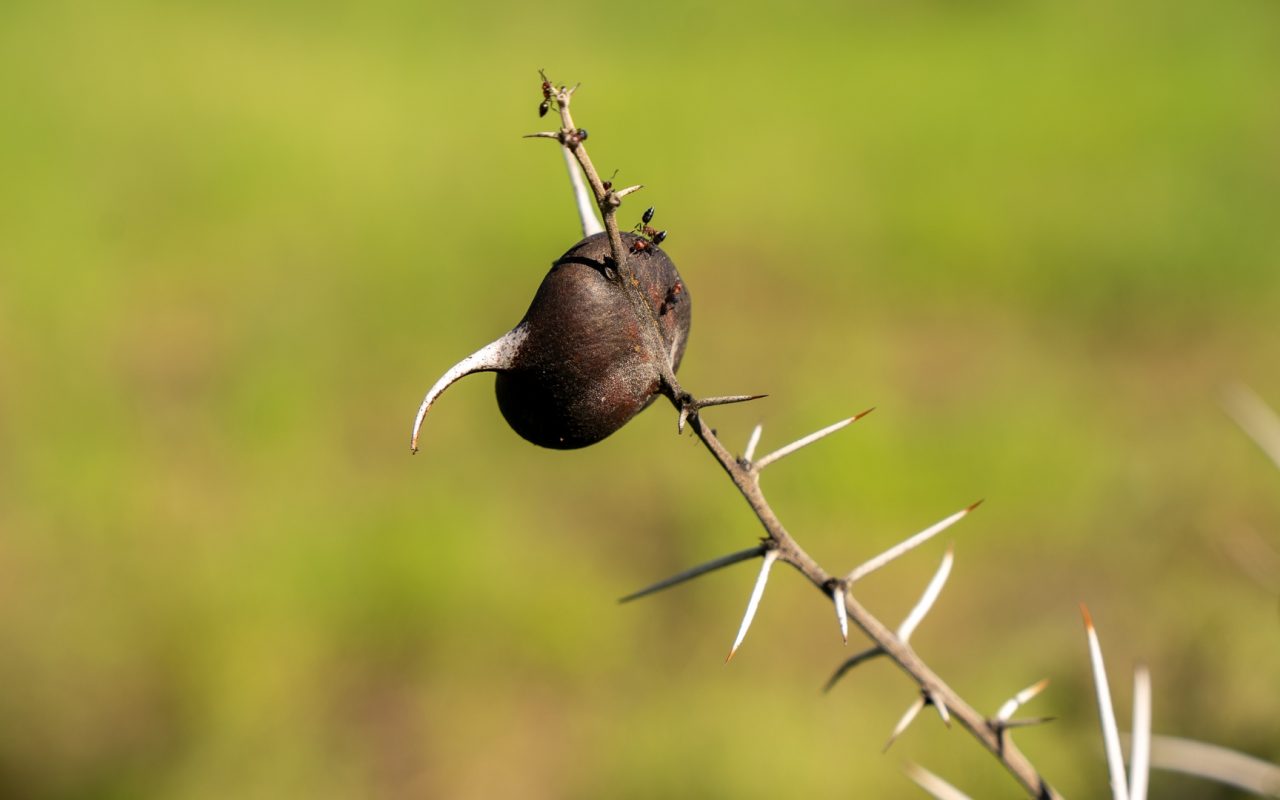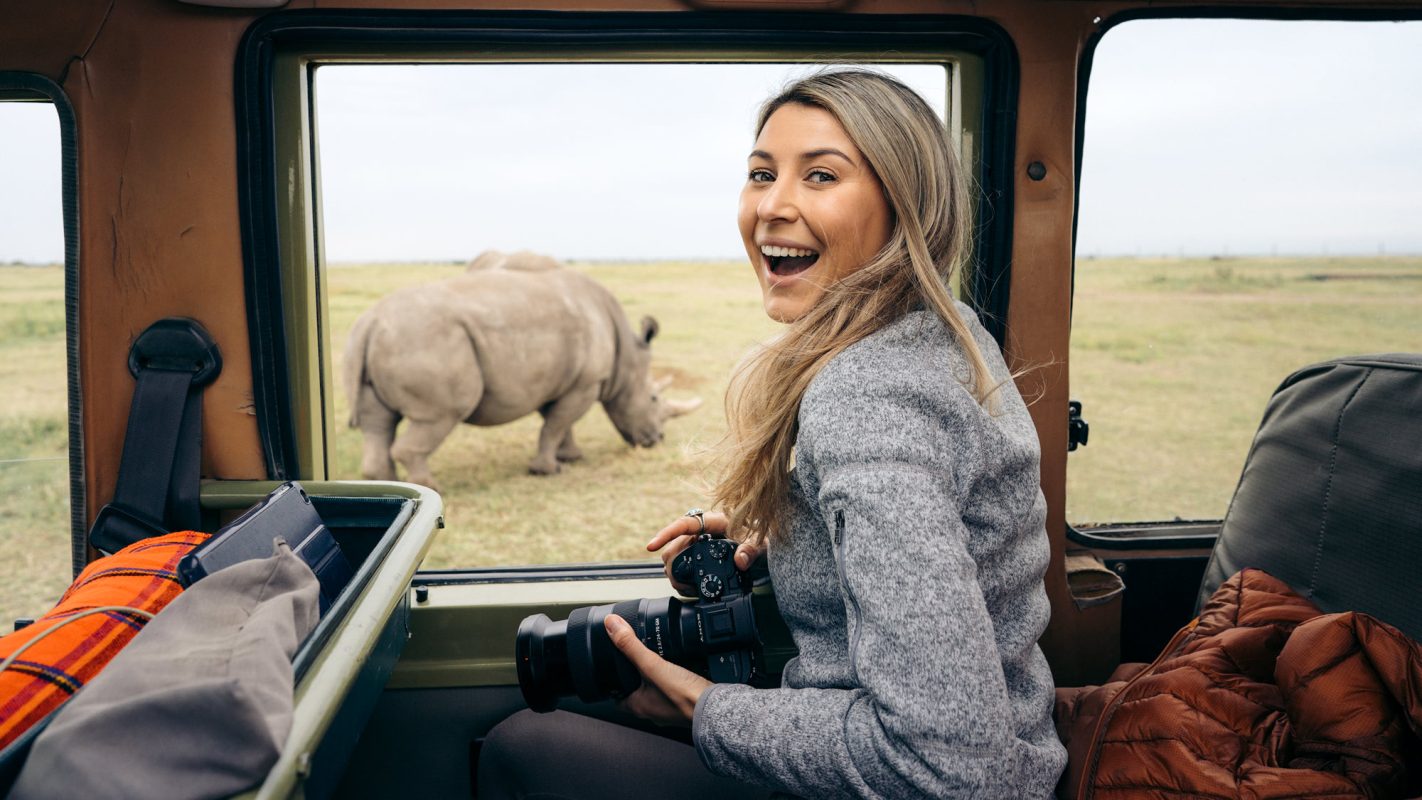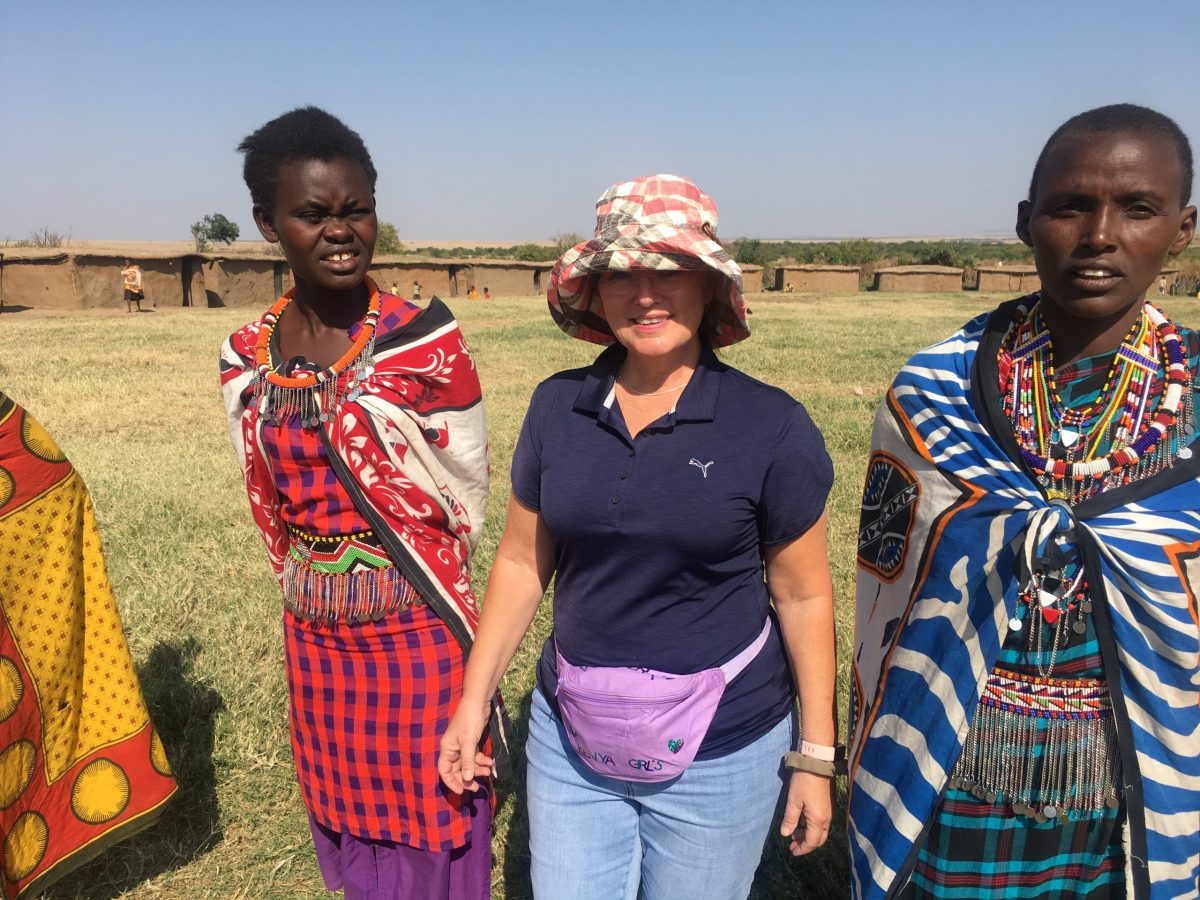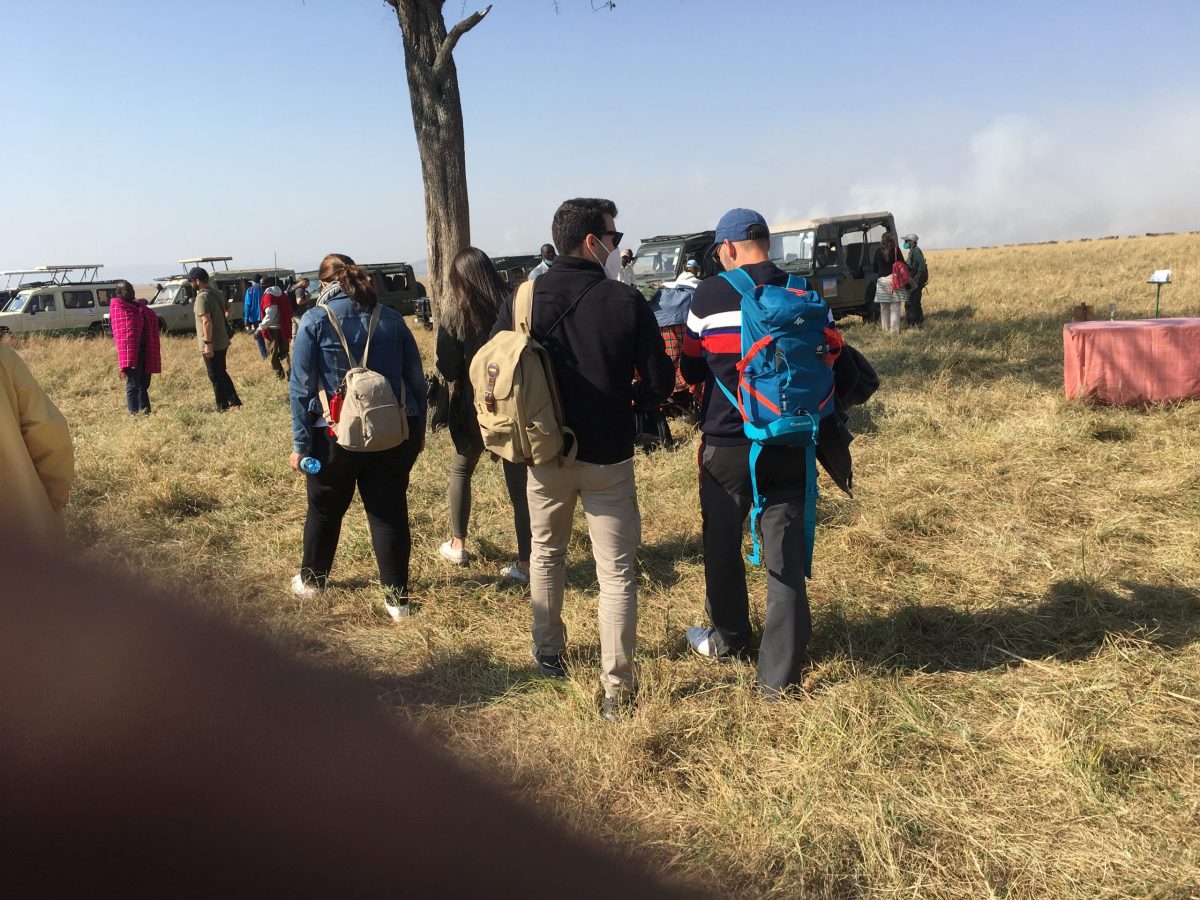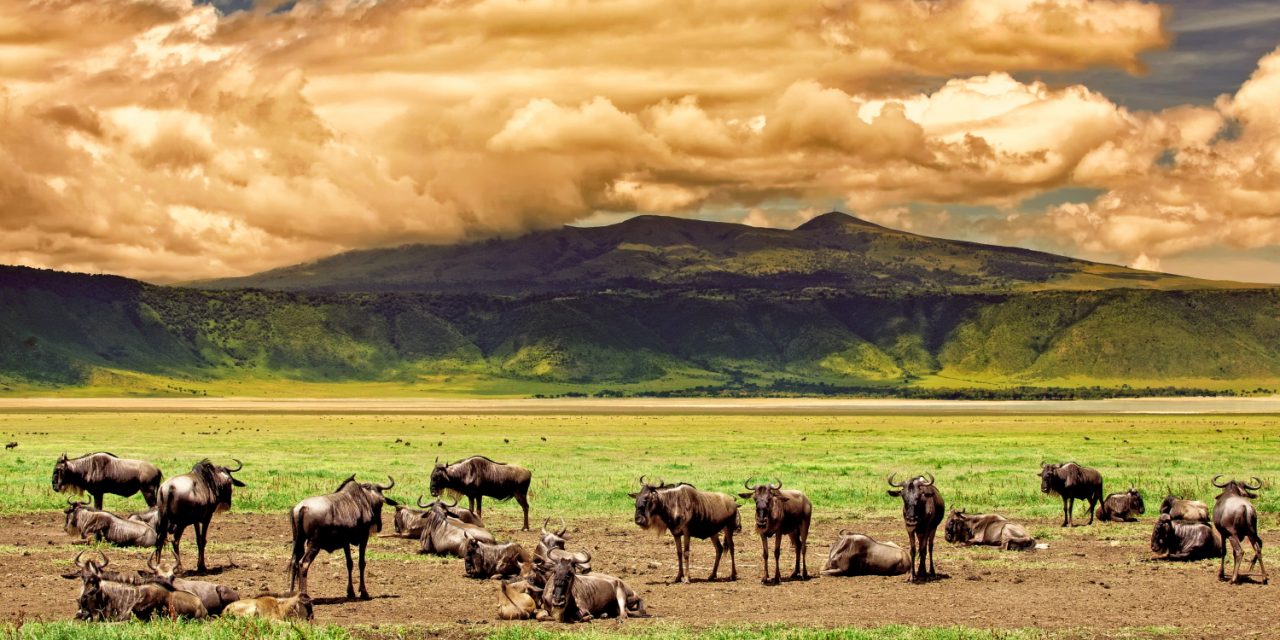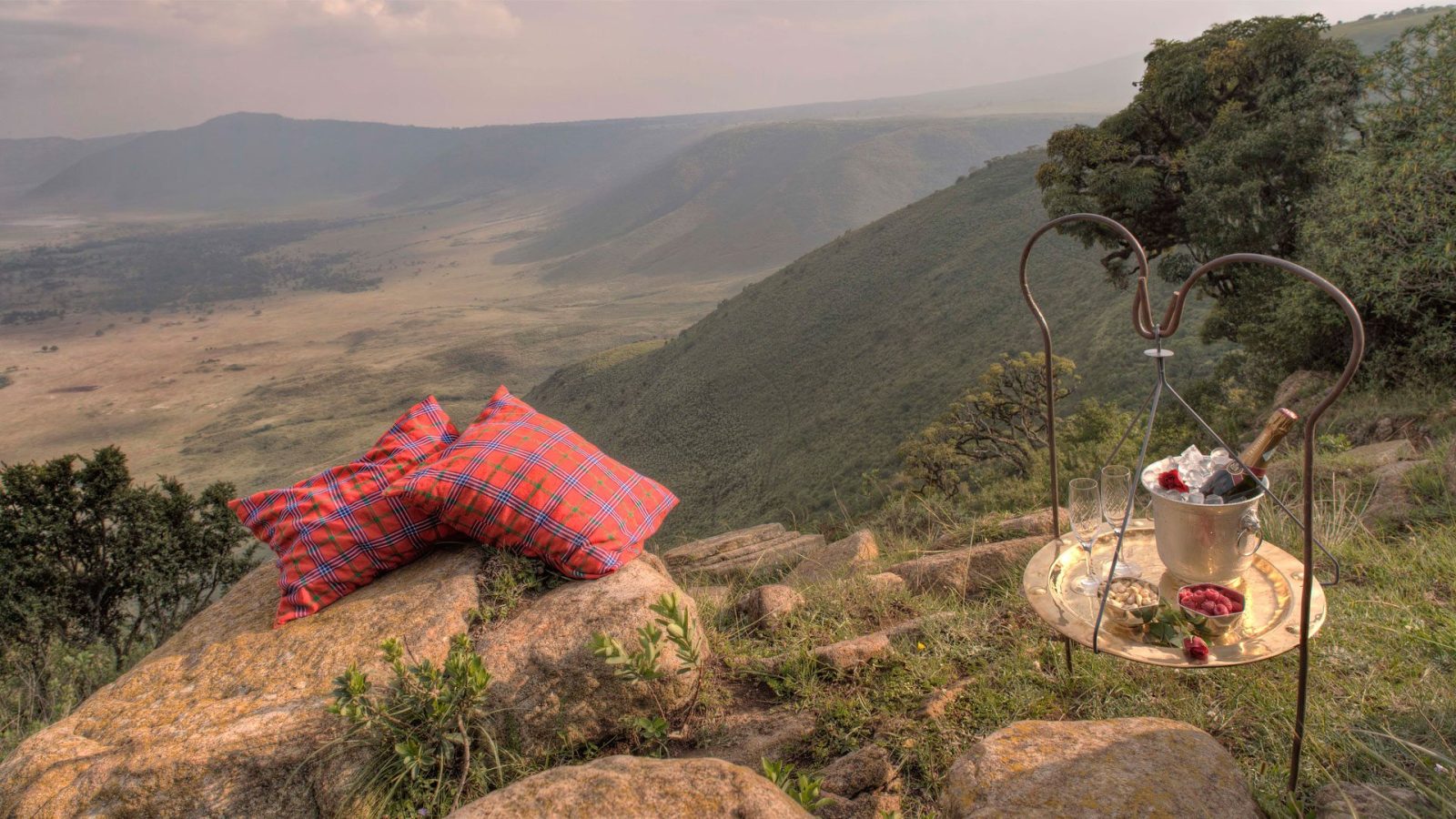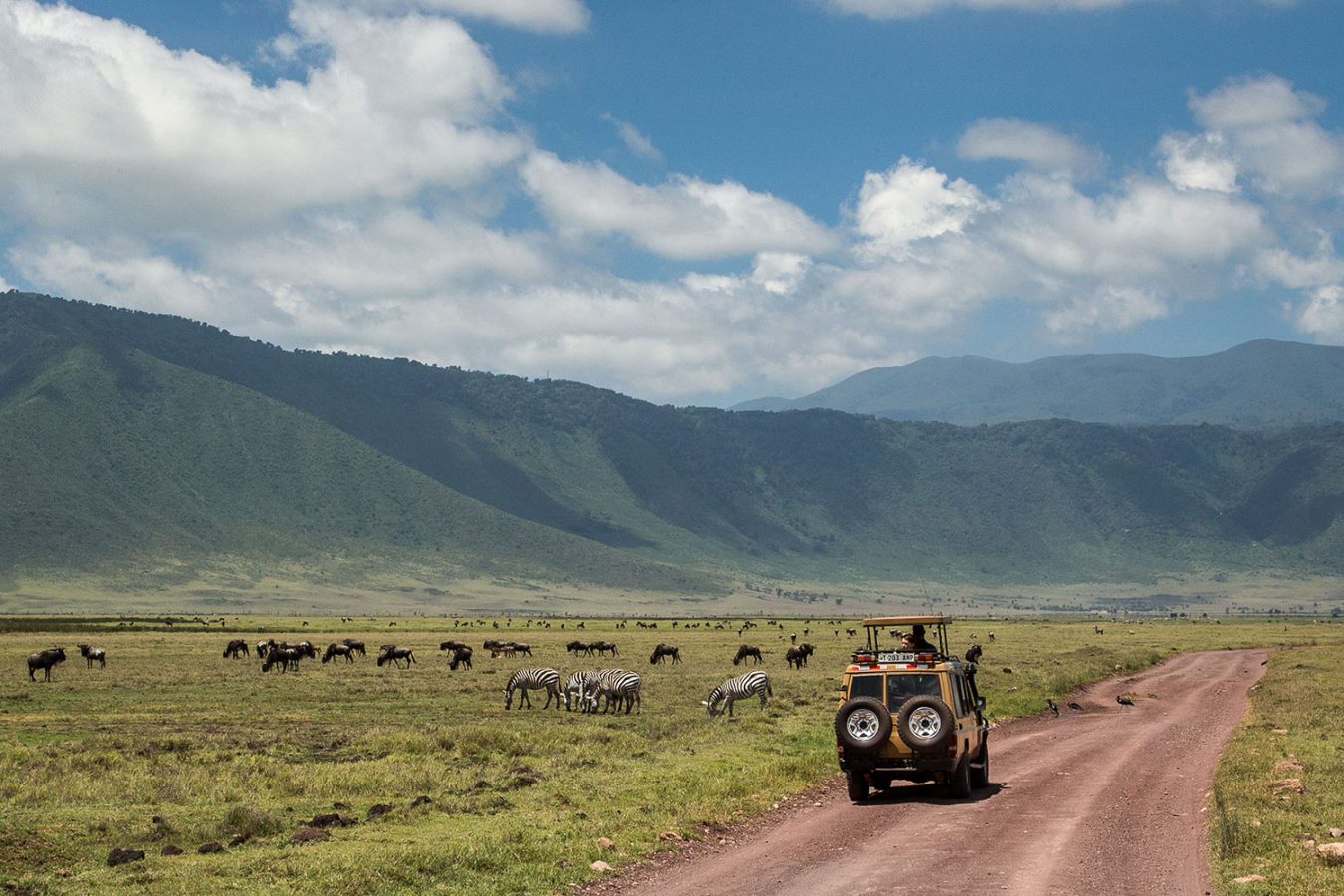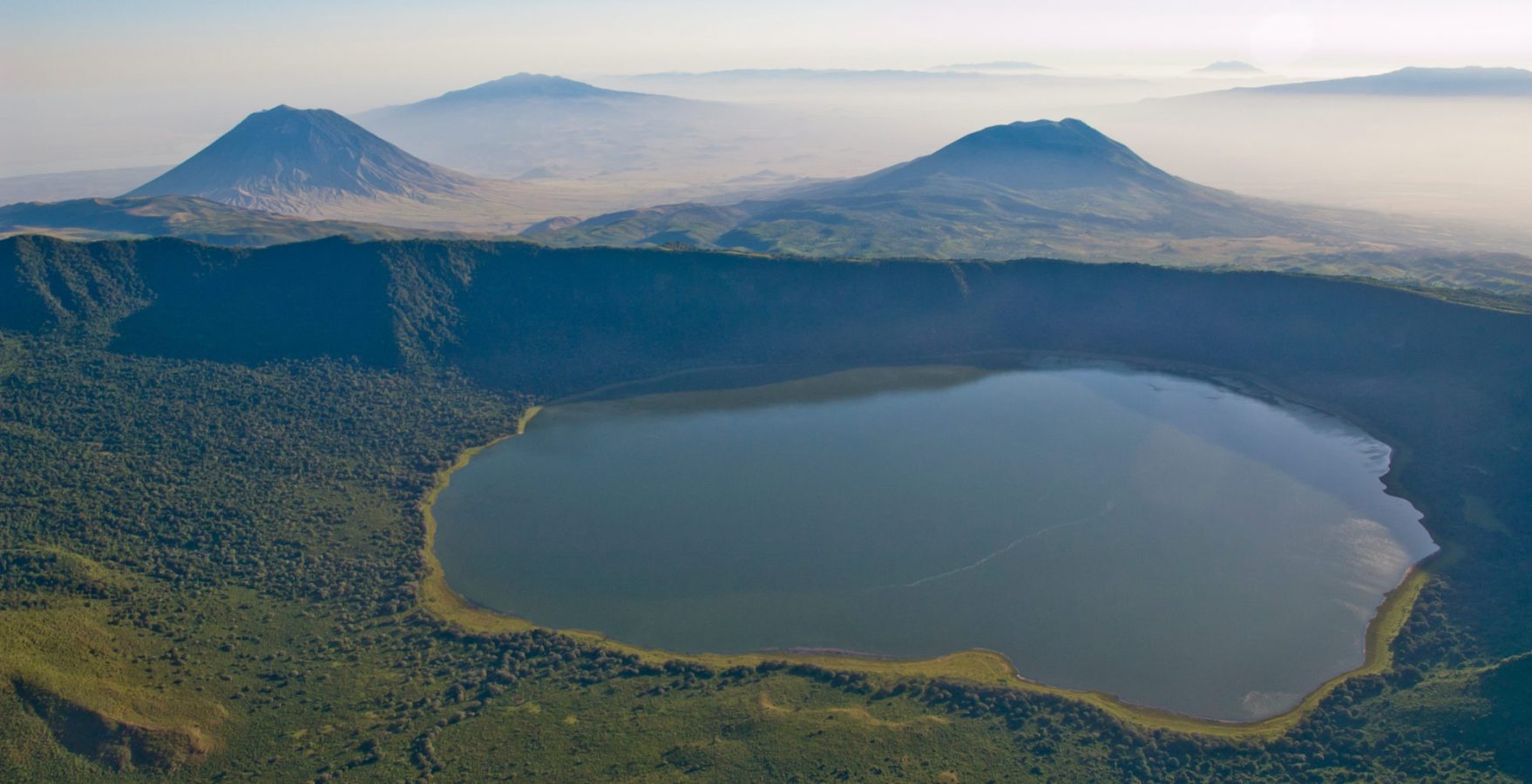Ngorongoro Crater Conservation Area – All You Need to Know BEFORE You Go (with Photos & Videos)
The Ngorongoro Crater Conservation Area is a UNESCO World Heritage Site located in northern Tanzania. It is named after the Ngorongoro Crater, which is the world’s largest unbroken caldera and a natural wonder. The conservation area covers a vast area of approximately 8,292 square kilometers (3,202 square miles) and encompasses not only the crater but also the surrounding highlands and plains.
The centerpiece of the conservation area is the Ngorongoro Crater, which was formed by the collapse of a large volcano. The crater is about 610 meters (2,000 feet) deep and covers an area of 260 square kilometers (100 square miles). It is home to a diverse range of wildlife, including elephants, lions, zebras, and wildebeests.
The Ngorongoro Crater is known for its high concentration of wildlife, making it a popular destination for safari enthusiasts. The diverse ecosystem within the crater supports a wide variety of animals, and visitors have the opportunity to see the “Big Five” (lion, elephant, buffalo, leopard, and rhinoceros) in one location.
Visit the Maasai people have a strong presence in the Ngorongoro Crater Conservation Area. They have lived in the region for centuries and continue to practice their traditional pastoralist lifestyle. Some Maasai communities reside within the conservation area, coexisting with the wildlife.
The Ngorongoro Crater Conservation Area is a significant destination for ecotourism and offers visitors a chance to experience the breathtaking landscapes and rich biodiversity of the region while supporting conservation efforts and the local communities.
Where is Ngorongoro Crater Conservation Area Located?
The Ngorongoro Crater Conservation Area is located in northern Tanzania, in East Africa. Specifically, it is situated in the Crater Highlands area, west of the town of Arusha. The conservation area is part of the larger Serengeti ecosystem and is easily accessible from Arusha, which is a common starting point for safaris in northern Tanzania.
- Latitude: 3.2028° S
- Longitude: 35.5461° E
The nearest major airport is Kilimanjaro International Airport, which is located near Arusha. From Arusha, visitors typically travel by road to reach the Ngorongoro Crater Conservation Area, either as part of a guided safari or through other organized tours.
What to Adventure in Ngorongoro Crater Conservation Area?
The Ngorongoro Crater Conservation Area offers a variety of adventures for visitors, making it a popular destination for wildlife enthusiasts and nature lovers.
Ngorongoro Crater is renowned for its rich biodiversity, and a wildlife safari is a must-do activity. The crater is home to a high concentration of animals, including lions, elephants, buffaloes, zebras, wildebeests, and many more. The compact nature of the crater allows for a concentrated and diverse wildlife-viewing experience.
The conservation area is also a haven for birdwatchers. The diverse habitats, including wetlands and forests, attract a wide variety of bird species. Flamingos, ostriches, and various raptors are among the birdlife that can be observed in the region.
Visit the stunning landscapes and diverse wildlife make the Ngorongoro Crater a paradise for photographers. Capture breathtaking scenes of animals against the backdrop of the crater, and don’t forget to photograph the beautiful sunrises and sunsets.
When planning your adventure in the Ngorongoro Crater Conservation Area, it’s advisable to work with Deks Tours who can ensure a safe and enriching experience while respecting the principles of sustainable tourism and conservation.
Visit the Ngorongoro Crater
Visiting the Ngorongoro Crater is a thrilling and rewarding experience, offering a chance to witness diverse wildlife in a unique and stunning setting. Wildlife viewing is excellent throughout the year, but the dry season (from June to October) is particularly popular. During this time, animals gather around water sources, making them easier to spot.
The wet season (November to May) brings lush landscapes and the opportunity to see newborn animals, but the vegetation can be denser, making wildlife viewing a bit more challenging.
Work with a reputable Tanzania safari operator – Deks Tours who has experience in the region. They can organize your entire trip, including transportation, accommodation, and guided tours.
There are various accommodation options both inside and outside the Ngorongoro Conservation Area. Lodges and camps within the conservation area provide a unique experience of staying close to the crater.
Obtain the necessary permits and pay entrance fees. These can usually be arranged by Deks Tours or at the entrance gate. Fees contribute to conservation efforts in the area.
By planning your visit thoughtfully and respecting the environment and wildlife, you can make the most of your time in the Ngorongoro Crater Conservation Area and create lasting memories of this unique and breathtaking destination.
Enjoy Wildlife Safaris in Ngorongoro Crater Conservation Area
Embarking on a Tanzania wildlife safari in the Ngorongoro Crater Conservation Area is an exhilarating adventure, providing a unique opportunity to witness an incredible diversity of animals in a stunning natural setting. Research and plan your Tanzania safari well in advance. Choose a reputable safari operator that offers guided tours to the Ngorongoro Crater and has experienced guides with knowledge of the local wildlife.
Consider the timing of your visit. While wildlife can be seen year-round, different seasons offer unique experiences. The dry season (June to October) is often favored for clearer visibility and concentrated wildlife around water sources.
The primary mode of exploration in the Ngorongoro Crater is through game drives. These can be conducted in open-roofed vehicles, providing excellent visibility for observing wildlife and capturing photographs.
Wildlife is often more active during the early morning and late afternoon. Consider scheduling your game drives during these times for the best chances of encountering animals in action.
Adhere to ethical wildlife viewing practices. Keep a safe distance from the animals, refrain from making loud noises, and follow your guide’s instructions. This ensures both your safety and the well-being of the animals.
A wildlife safari in the Ngorongoro Crater offers a chance to witness the wonders of nature up close. By being well-prepared and mindful of the environment, you can create lasting memories of an unforgettable safari experience.
Go Bird Watching in Ngorongoro Crater Conservation Area
Bird watching in the Ngorongoro Crater Conservation Area is a rewarding experience, given the diverse habitats that attract a wide variety of bird species. Here are some tips to make the most of your bird watching adventure in this stunning region:
Before your Tanzania safari, familiarize yourself with the bird species that inhabit the Ngorongoro Crater. There are over 500 bird species recorded in the area, including both resident and migratory birds.
Binoculars are essential for observing birds from a distance without disturbing them. Consider bringing a field guide or bird identification app to help you identify the species you encounter.
Birds are often more active during the early morning and late afternoon, making these times ideal for bird watching. The lighting is also favorable for photography during these periods.
While traditional game drives are the primary mode of exploration in the Ngorongoro Crater, some areas also allow for guided Tanzania walking safaris. Walking safaris provide a unique opportunity to observe birds at a slower pace and in a more intimate setting.
Bird watching in the Ngorongoro Crater Conservation Area allows you to appreciate the incredible avian diversity in one of Tanzania’s most iconic natural settings. Enjoy the beauty of the landscapes while keeping a keen eye out for the numerous bird species that call this area home.
Enjoy Photography Expeditions in Ngorongoro Crater Conservation Area
Photography expeditions in the Ngorongoro Crater Conservation Area can be a truly rewarding experience, given the breathtaking landscapes and diverse wildlife. Invest in a good digital camera with manual settings to have more control over your shots. A DSLR or mirror less camera with interchangeable lenses is ideal. Don’t forget extra memory cards and batteries.
Bring a variety of lenses to capture different perspectives. A telephoto lens is essential for wildlife photography, allowing you to get close-up shots of animals. A wide-angle lens is great for capturing expansive landscapes.
Given the potential for long-range shots and low-light conditions during early morning and late afternoon, consider bringing a sturdy tripod or monopod to stabilize your camera. Understanding the behavior of the wildlife will help you anticipate their movements and capture more compelling shots. Learn about the animals you’re likely to encounter and their typical activities.
Take advantage of the golden hours—early morning and late afternoon—when the light is soft and warm. This is the best time for capturing stunning landscapes and wildlife in flattering light.
By combining your passion for photography with the natural wonders of the Ngorongoro Crater, you can create a stunning collection of images that capture the essence of this unique conservation area.
Cultural Interactions with the Maasai People
Engaging in cultural interactions with the Maasai people in the Ngorongoro Crater Conservation Area provides a unique opportunity to learn about their traditional way of life, customs, and rich heritage. Approach cultural interactions with respect and an open mind. Be sensitive to local customs and traditions, and seek permission before taking photographs, as some communities may have specific beliefs about photography.
Visit local markets where Maasai people sell handmade crafts, beadwork, and traditional clothing. Purchasing items directly from the artisans helps support their livelihoods.
If available, participate in cultural activities organized by the local communities. This may include traditional dances, rituals, or ceremonies. Engaging in these activities allows for a deeper understanding of Maasai traditions.
Arrange visits to Maasai villages to experience daily life. Some villages have opened their doors to visitors, offering guided tours that showcase their homes, livestock, and communal spaces.
Cultural interactions with the Maasai people offer a chance to bridge cultural gaps, promote understanding, and appreciate the diversity that makes the Ngorongoro Crater Conservation Area a truly special destination.
Go for Hiking and Walking Safaris in Ngorongoro Crater Conservation Area
While traditional Tanzania safari activities in vehicles are the primary way to explore the Ngorongoro Crater, there are also opportunities for hiking and walking safaris in the surrounding highlands. Always opt for guided tours when engaging in hiking or walking safaris. Experienced guides are knowledgeable about the area, wildlife, and safety considerations.
Choose routes that match your fitness level and hiking experience. There are varying levels of difficulty, from easy walks to more challenging hikes. Inform your guide of your preferences and abilities. The Ngorongoro Crater is situated at a relatively high altitude. If you’re arriving from lower elevations, take it easy during your first day to acclimatize and avoid altitude-related issues.
Wear comfortable, sturdy hiking boots and clothing suitable for the weather conditions. Bring a daypack with essentials like water, sunscreen, a hat, insect repellent, and a light jacket. Be aware of the wildlife in the area. While walking, you may encounter various animals. Follow your guide’s instructions on how to behave in the presence of wildlife to ensure your safety and the well-being of the animals.
Hiking and walking safaris in the Ngorongoro Crater Conservation Area provide a different perspective, allowing you to connect more intimately with the natural surroundings. As with any outdoor activity, proper planning and consideration of safety guidelines are essential for a rewarding experience.
Visit Olduvai Gorge in Ngorongoro Crater Conservation Area
Visiting Olduvai Gorge in the Ngorongoro Crater Conservation Area provides a fascinating journey into the field of paleoanthropology, offering insights into human evolution and the archaeological discoveries that have shaped our understanding of our early ancestors. Olduvai Gorge is located in the eastern part of the Ngorongoro Conservation Area in Tanzania. It’s accessible by road, and many tours that include the Ngorongoro Crater also offer a visit to Olduvai Gorge.
Opt for Tanzania guided tours led by knowledgeable guides who can provide context and information about the significance of Olduvai Gorge. Most tours to the Ngorongoro Crater that include a visit to Olduvai Gorge will have experienced guides.
Start your visit at the Olduvai Gorge Museum and Information Center, which provides background information about the archaeological findings in the area. The museum exhibits fossils, artifacts, and displays that illustrate the evolution of early humans.
Explore the various fossil sites within the gorge. The most famous discoveries include the remains of early hominins, such as Homo habilis and Australopithecus boisei, as well as stone tools.
A visit to Olduvai Gorge is a journey through the ages, providing a glimpse into the distant past and the evolutionary history of our species. It’s a must-visit for those interested in anthropology, archaeology, and the natural history of East Africa.
Camping in Ngorongoro Crater Conservation Area
As of my last knowledge update in January 2022, camping within the Ngorongoro Crater itself is not permitted. However, camping is allowed in designated campsites within the larger Ngorongoro Conservation Area. Visitors can enjoy camping in the highland forests, on the crater rim, or in other approved locations.
Camping is only allowed in designated campsites, and it’s essential to obtain the necessary permits from the Ngorongoro Conservation Area Authority (NCAA). Familiarize yourself with the specific camping regulations and rules set by the NCAA. These regulations are in place to ensure the safety of visitors and the preservation of the environment.
There are both public and private campsites available. Some campsites are basic with minimal facilities, while others, especially those run by Deks Tours, may offer more amenities.
Facilities in camping areas can vary. Some campsites may provide basic amenities such as toilets, showers, and cooking areas, while others may be more primitive. Be prepared for different levels of comfort.
Always check for the most recent regulations and guidelines Deks Tours, as these can be subject to change. Camping in this stunning area allows you to immerse yourself in the natural beauty and unique ecosystems of the region.
How to Get to Ngorongoro Crater Conservation Area?
The Ngorongoro Crater Conservation Area is located in northern Tanzania, and there are several transportation options to reach this iconic destination. The primary gateway for visitors is the town of Arusha. Here are the common ways to get to the Ngorongoro Crater Conservation Area:
By Air
- Fly to Kilimanjaro International Airport (JRO): This is the nearest international airport to Arusha, which is a common starting point for safaris to the Ngorongoro Crater. Airlines from various international locations operate flights to Kilimanjaro International Airport.
- Fly to Arusha Airport (ARK): Arusha also has a domestic airport, and some flights from other Tanzanian airports, such as Dar es Salaam or Zanzibar, may land here.
- Fly to Manyara Airstrip: Some operators offer charter flights to the Lake Manyara Airstrip, which is closer to the Ngorongoro Crater. From the airstrip, it’s possible to arrange ground transportation to the crater.
By Road
- From Arusha: The most common route is by road from Arusha. The journey by car takes approximately 4 to 5 hours, depending on road conditions and the specific location within the conservation area.
- From Karatu: Karatu is another town located near the Ngorongoro Conservation Area. If you’re coming from the Serengeti or Lake Manyara, you may pass through Karatu on your way to the crater.
- Guided Safari Tours: Many visitors opt for guided Tanzania safari tours by Deks Tours provide transportation from Arusha or other starting points. These tours often include transportation, accommodations, and guided activities within the conservation area.
Before your journey, it’s essential to plan your transportation in advance, especially if you are booking a Tanzania safari or guided tour. Check visa requirements, travel advisories, and any COVID-19-related travel regulations that may apply. Additionally, consult with Deks Tours for specific details about reaching the Ngorongoro Crater Conservation Area.
A List of Safari Lodges in Ngorongoro Crater Conservation Area
There are several Tanzania safari lodges and camps in and around the Ngorongoro Crater Conservation Area, offering a range of accommodation options for visitors. Keep in mind that new lodges may have been established, and existing ones may have undergone changes since then. It’s always a good idea to check the latest reviews and availability when planning your stay. Here are some well-known lodges in the Ngorongoro Crater Conservation Area:
- Ngorongoro Serena Safari Lodge
- Ngorongoro Sopa Lodge
- Ngorongoro Wildlife Lodge
- The Manor at Ngorongoro
- Lemala Ngorongoro Tented Camp
- Gibb’s Farm
- Rhino Lodge
- AndBeyond Ngorongoro Crater Lodge
- Elewana The Highlands
- Entamanu Ngorongoro
Please note that availability, amenities, and services at these lodges may vary. It’s advisable to check with the lodges directly or through Deks Tours for the most up-to-date information and to make reservations in advance, especially during peak safari seasons.
Luxury Africa Tours & Holidays – Deks Safaris and Tours Ltd
- 6 Days Uganda Kenya Tour
- 7 Days Rwanda Uganda Tour
- 8 Days Kenya Uganda Luxury Safari
- 8 Days Kenya Uganda Tour
- 9 Days Kenya Uganda Safari
- 10 Days Kenya Uganda Safari
- 10 Days Uganda Kenya Tanzania Safari
- 10 Days Rwanda Kenya Tanzania Safari
- 11 Days Kenya Uganda Rwanda Safari
- 11 Days Kenya Uganda Safari
- 11 Days Uganda Kenya Zanzibar Safari
- 11 Days Rwanda Kenya Safari
- 12 Day Kenya Uganda Rwanda Safari
- 13 Days Uganda Kenya Tanzania Safari
- 14 Days Across Africa Safari
- 14 Days Rwanda Tanzania Safari
- 15 Days Kenya Rwanda Tour
- 16 Days Kenya Uganda Safari

